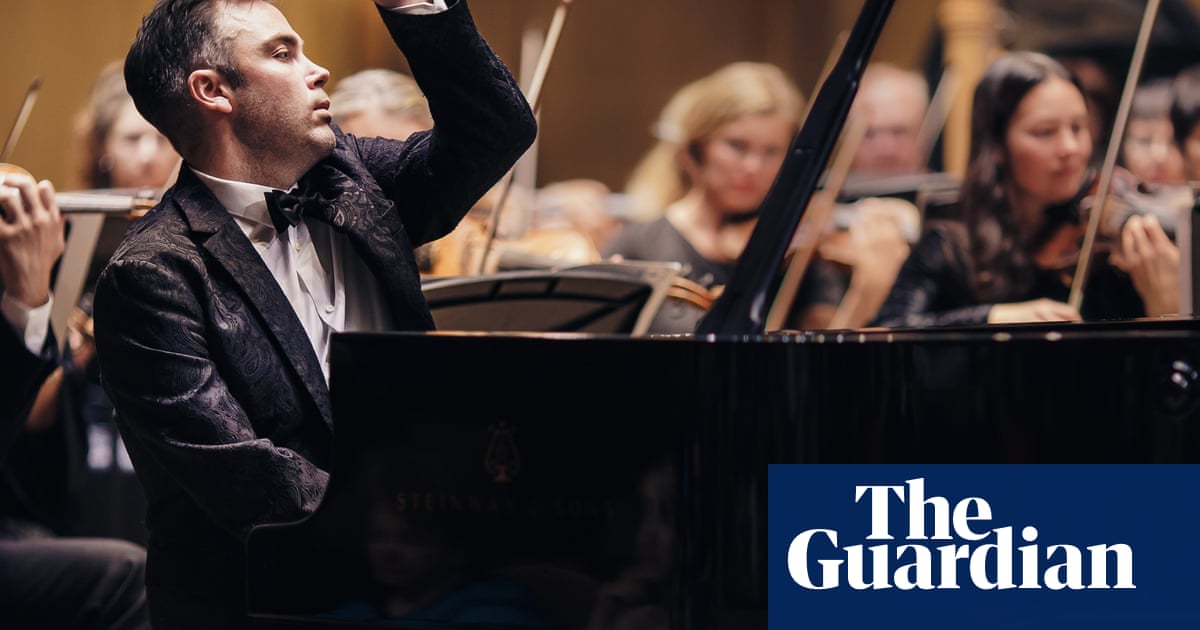
"The story begins in the early 19th century when concert pianists were cultural superstars. Liszt, for instance, packed out European concert halls in the same way that a modern day icon such as Taylor Swift sells out stadiums in minutes."
"Using the so-called weaker hand to deliver a bravura display was irresistible to concertgoers, and the spectacle would leave them in awe. The trick lay in the aural illusion: left-hand works often create the impression of two or even three hands playing simultaneously."
"Though the left hand tends to be weaker, its physiology gives it an advantage. In standard two-handed piano repertoire the melody line is mostly projected in the right hand by the little finger, the weakest of the fingers."
"Another important element in the left-hand pianist's toolkit is the sustain pedal. This allows bass notes to remain present in the texture creating a fuller sound."
Piano music for the left hand is a unique repertoire rich with both solo pieces and notable concertos, notably Ravel's Piano Concerto for the Left Hand. This genre dates back to the 19th century when virtuoso pianists, such as Liszt, captivated audiences with technical prowess, often performing left-hand pieces to create a powerful, multi-handed illusion. Even with physiological limitations, left-hand works take advantage of the thumb's strength for melody projection. The use of the sustain pedal enhances sound fullness, supporting the left-hand repertoire's distinct qualities, with over 3,000 works demonstrating its popularity.
Read at www.theguardian.com
Unable to calculate read time
Collection
[
|
...
]